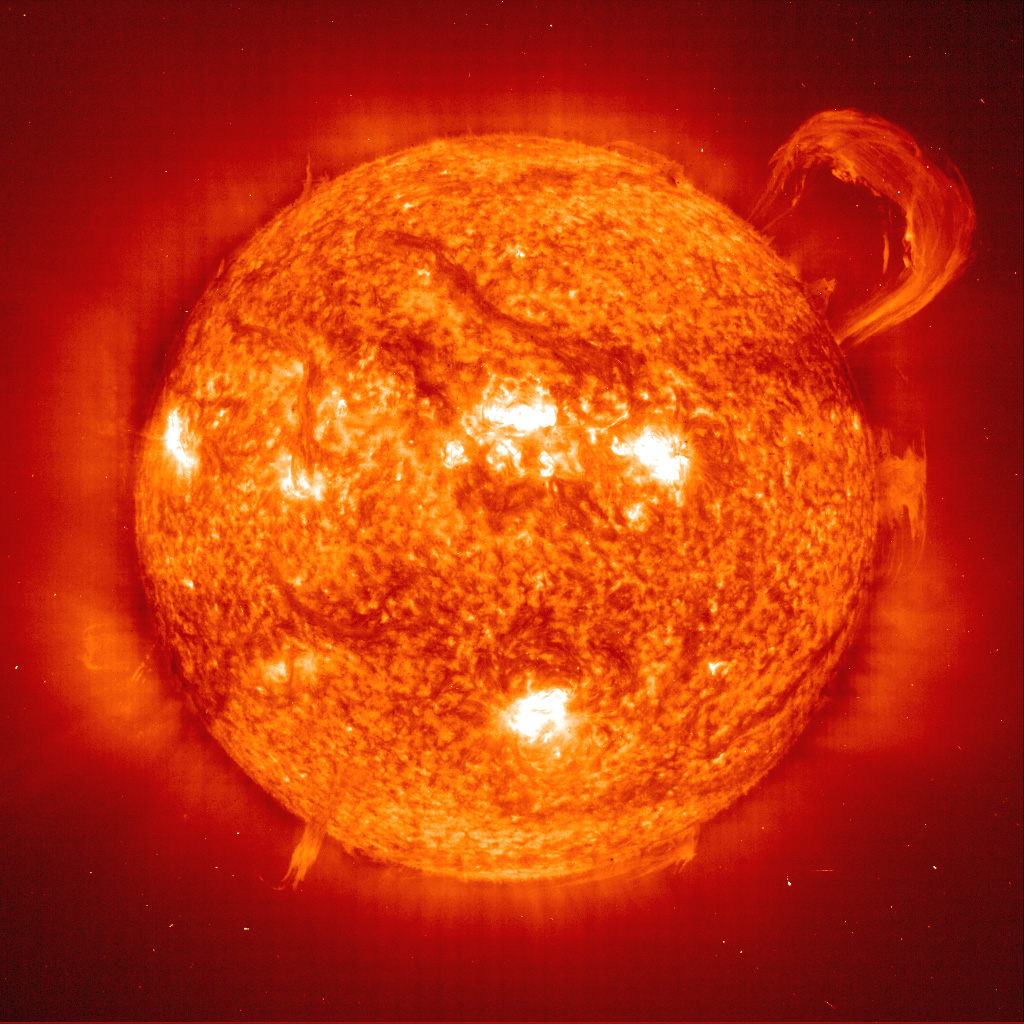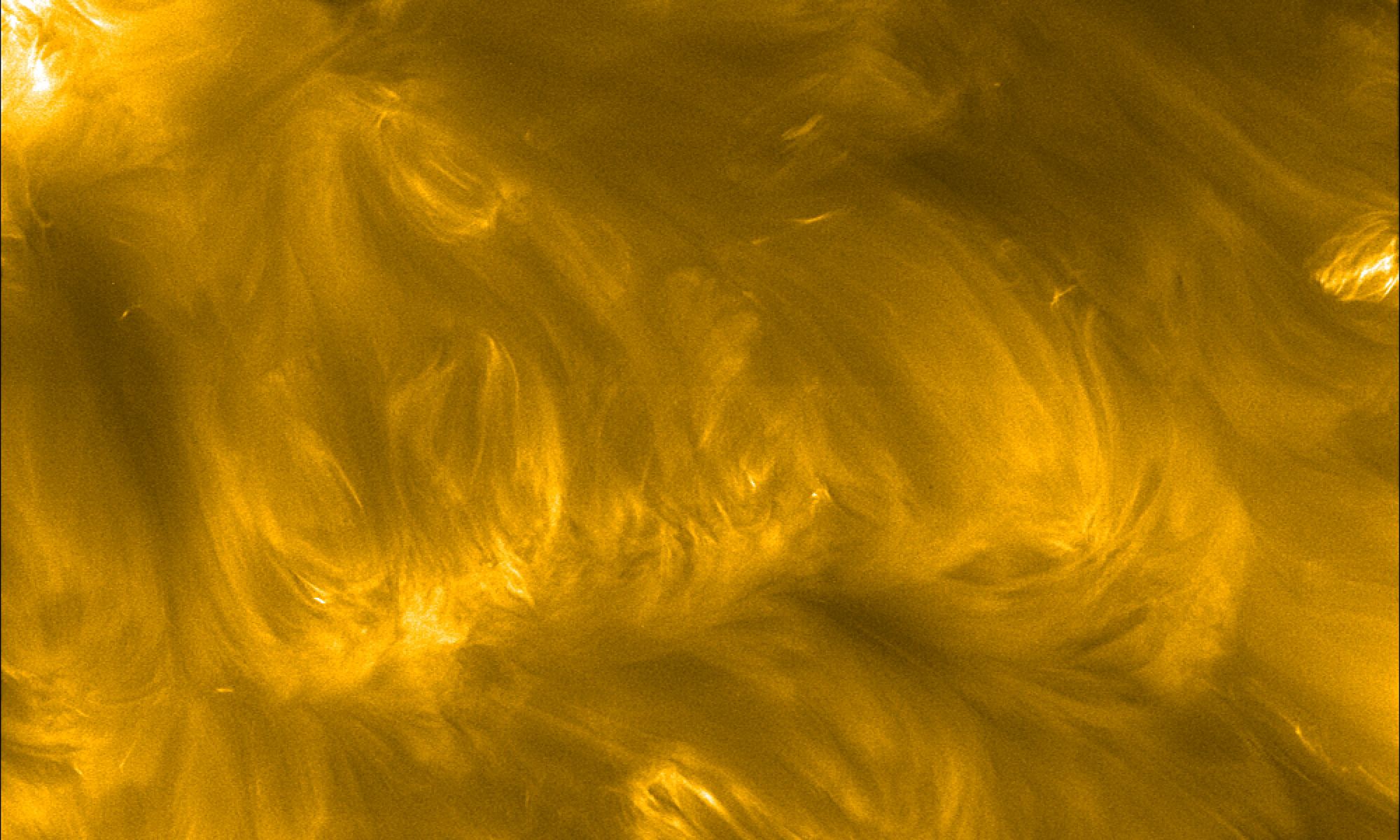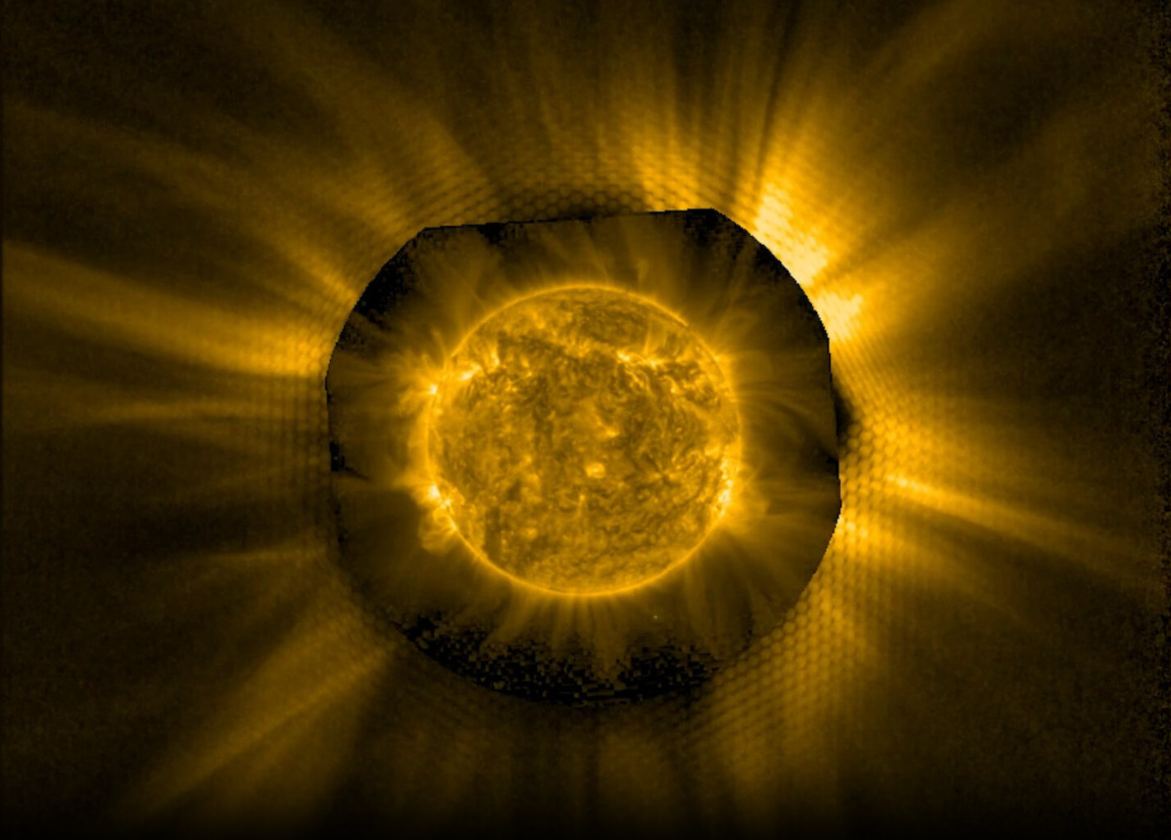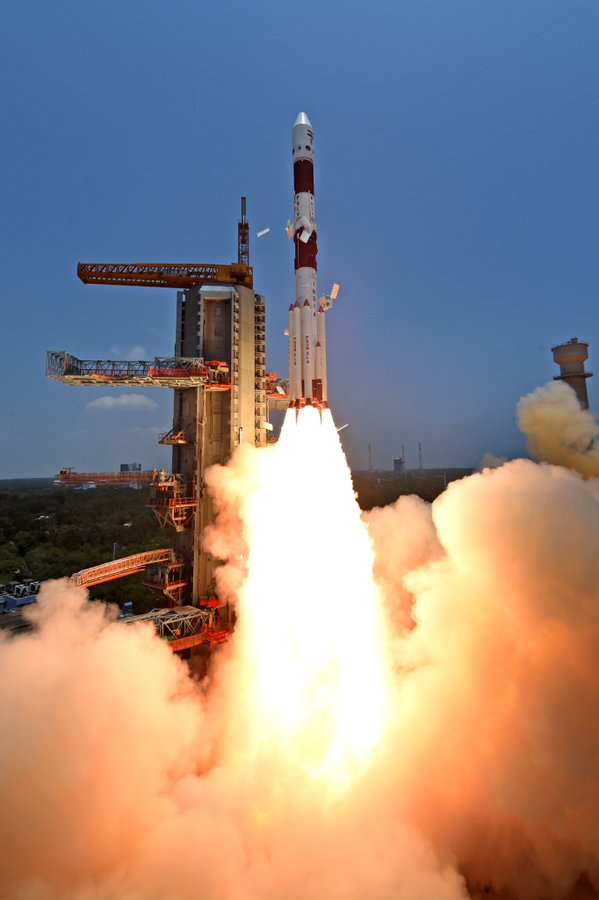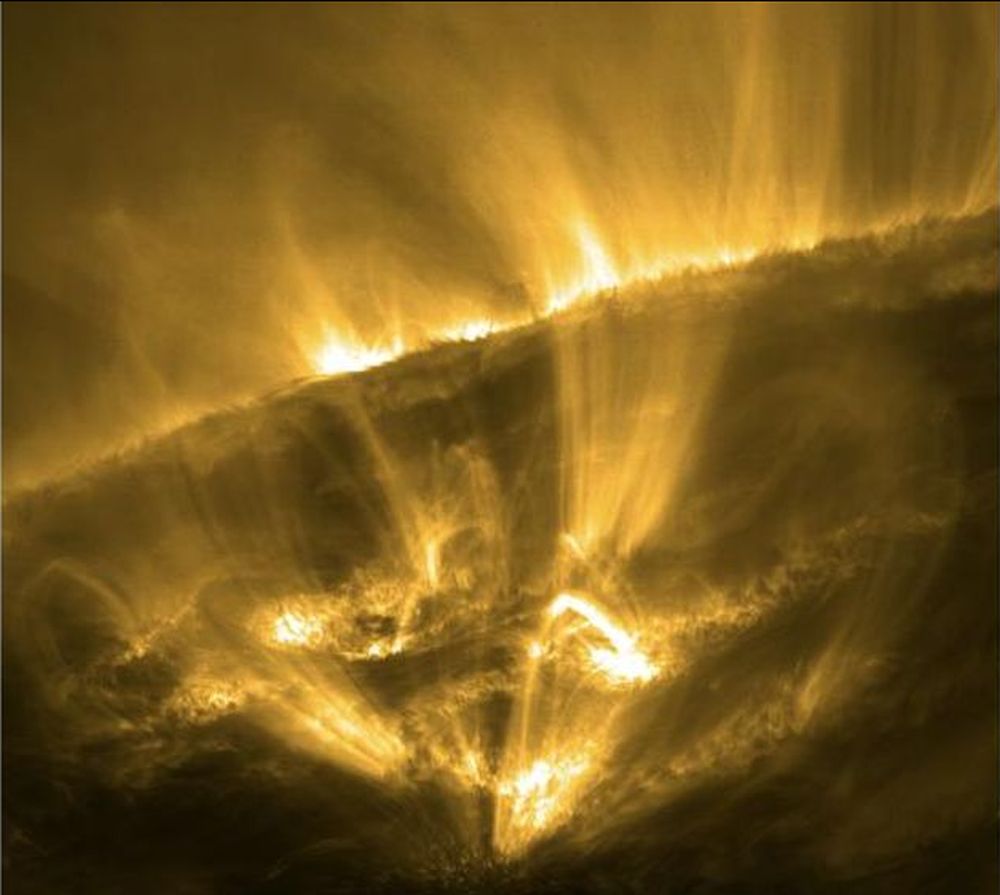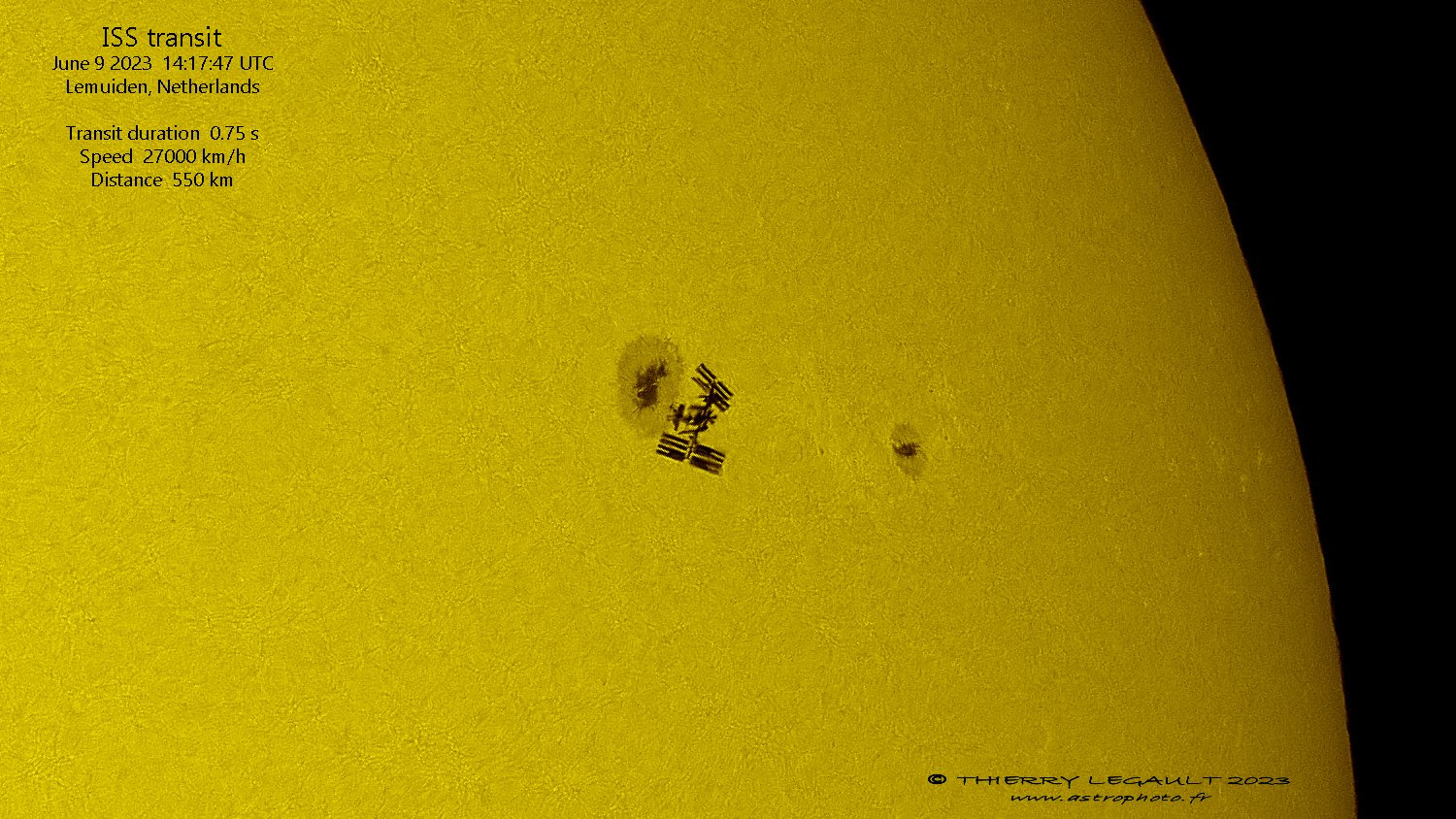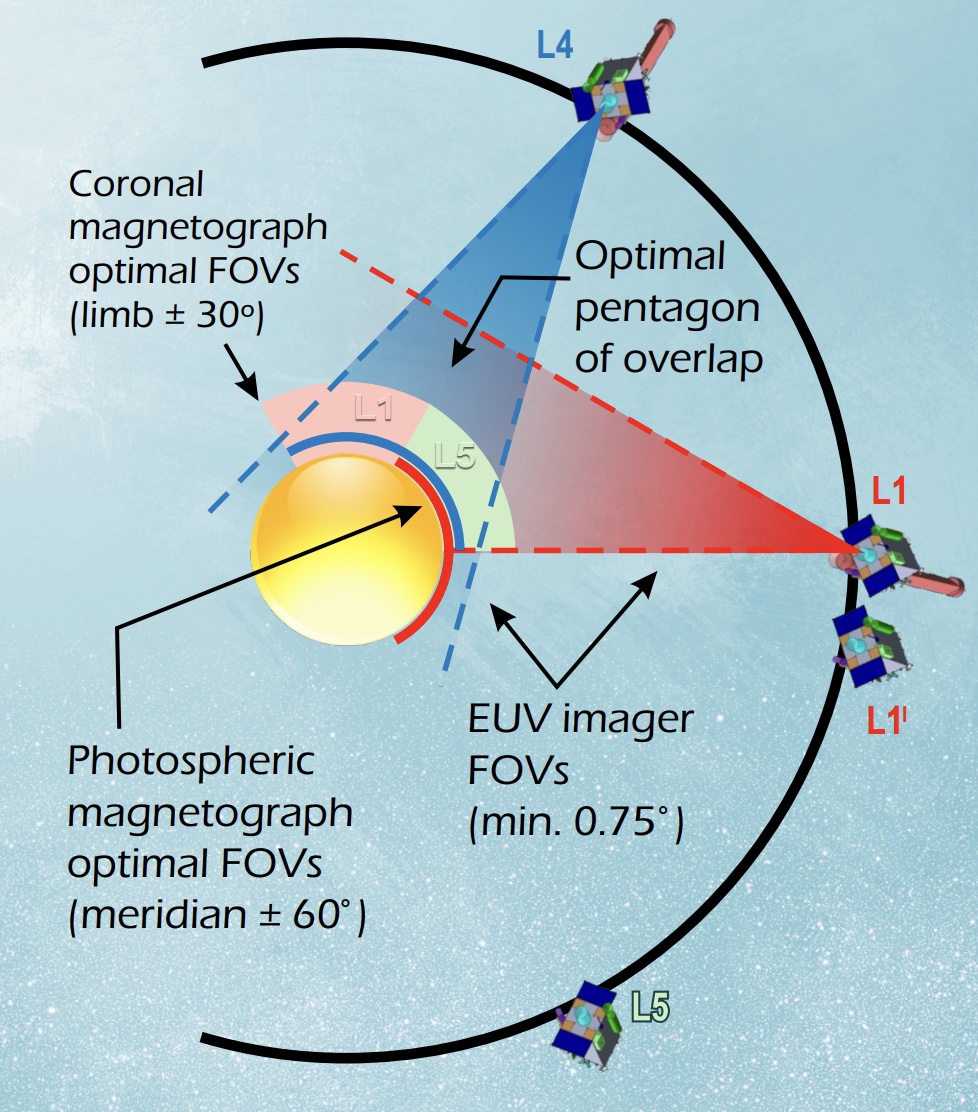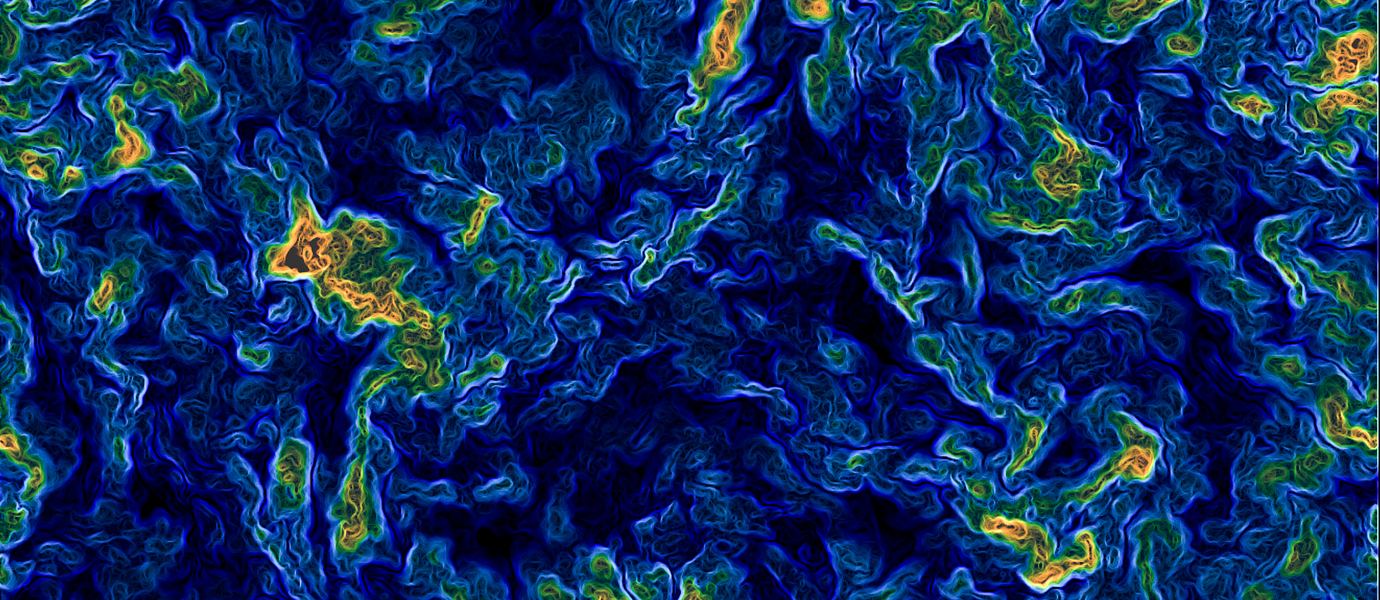A pioneering method suggests that the size of our Sun and the solar radius may be due revision.
Our host star is full of surprises. Studying our Sun is the most essential facet of modern astronomy: not only does Sol provide us with the only example of a star we can study up close, but the energy it provides fuels life on Earth, and the space weather it produces impacts our modern technological civilization.
Now, a new study, titled The Acoustic Size of the Sun suggests that a key parameter in modern astronomy and heliophysics—the diameter of the Sun—may need a slight tweak.
Continue reading “The Solar Radius Might Be Slightly Smaller Than We Thought”

